Back to Courses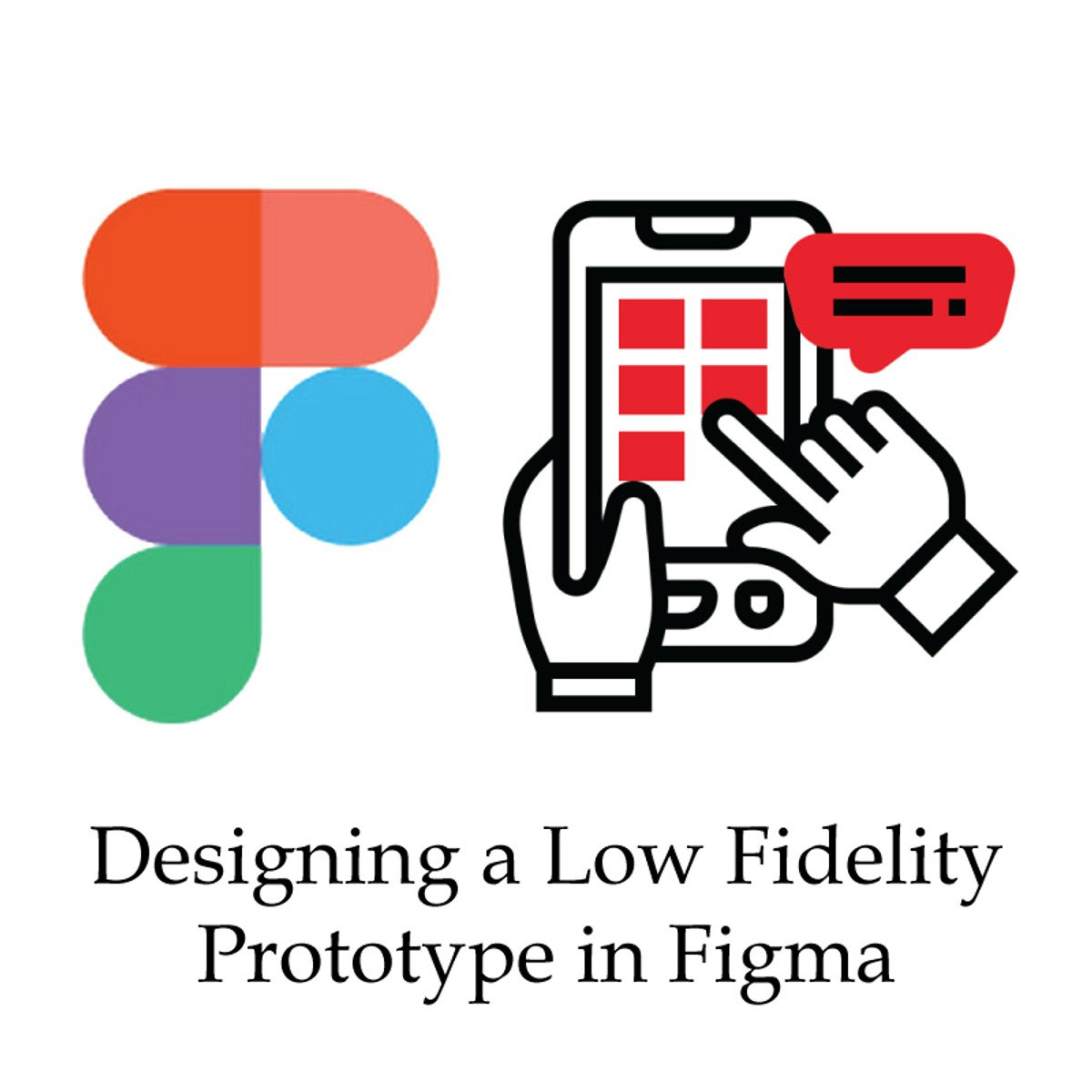
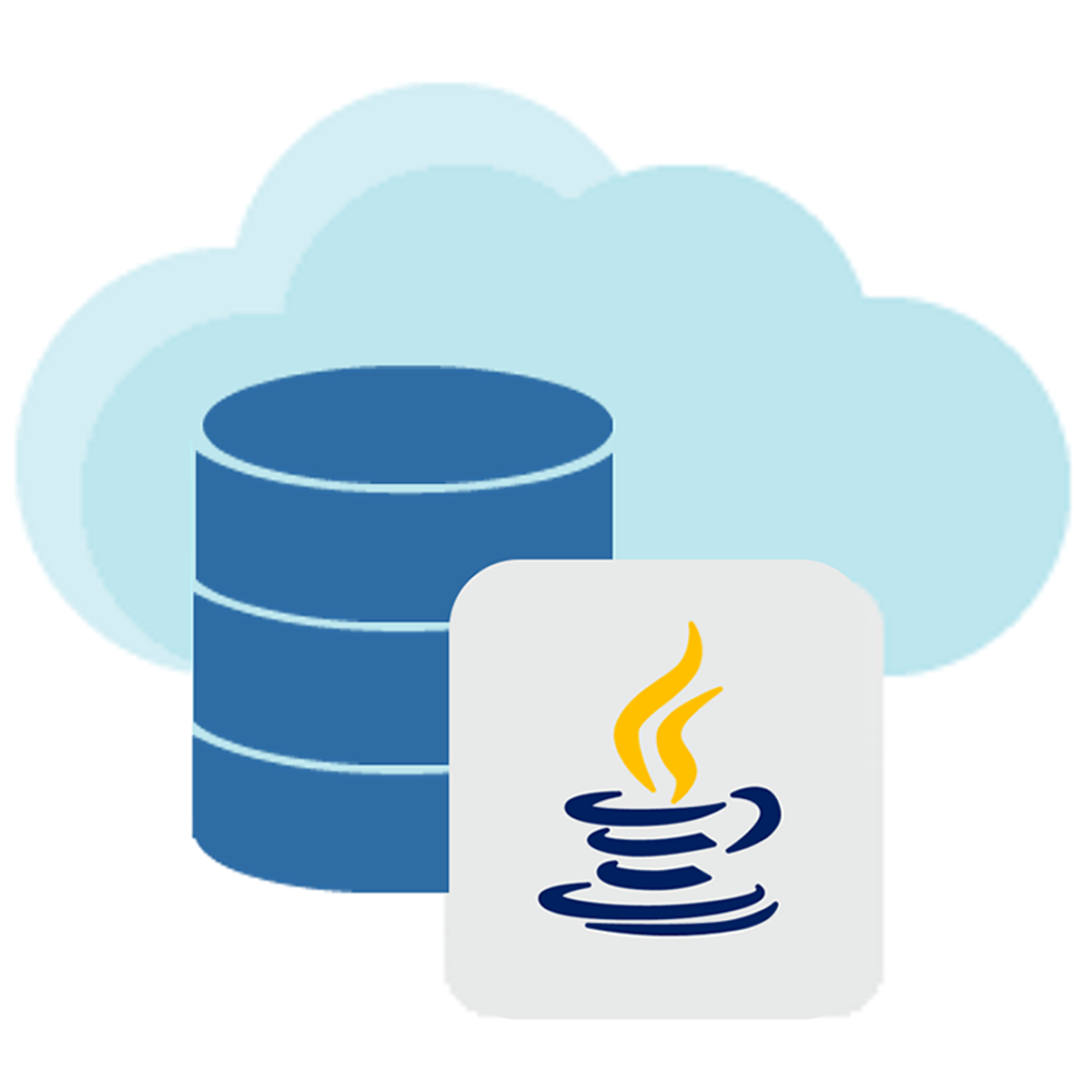

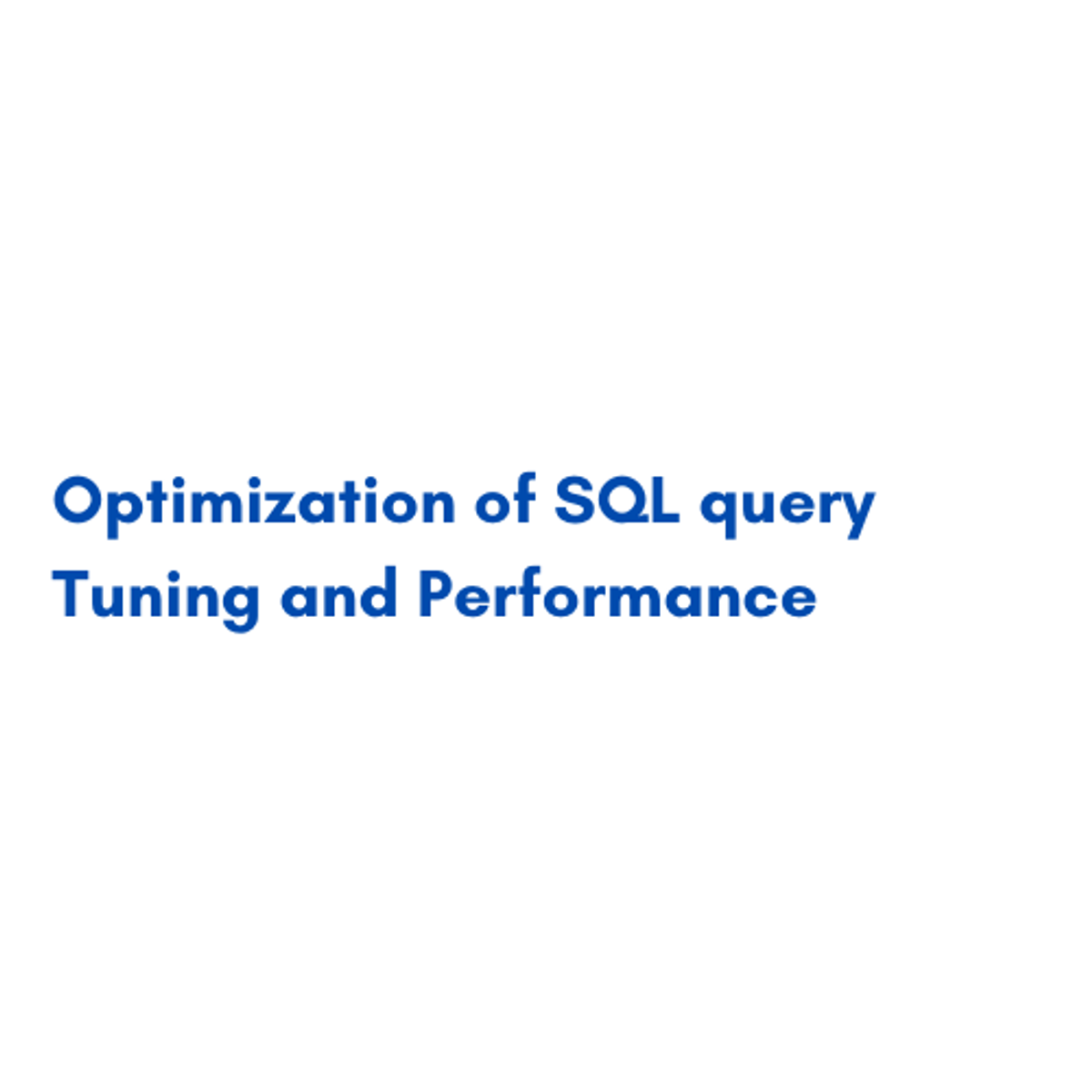


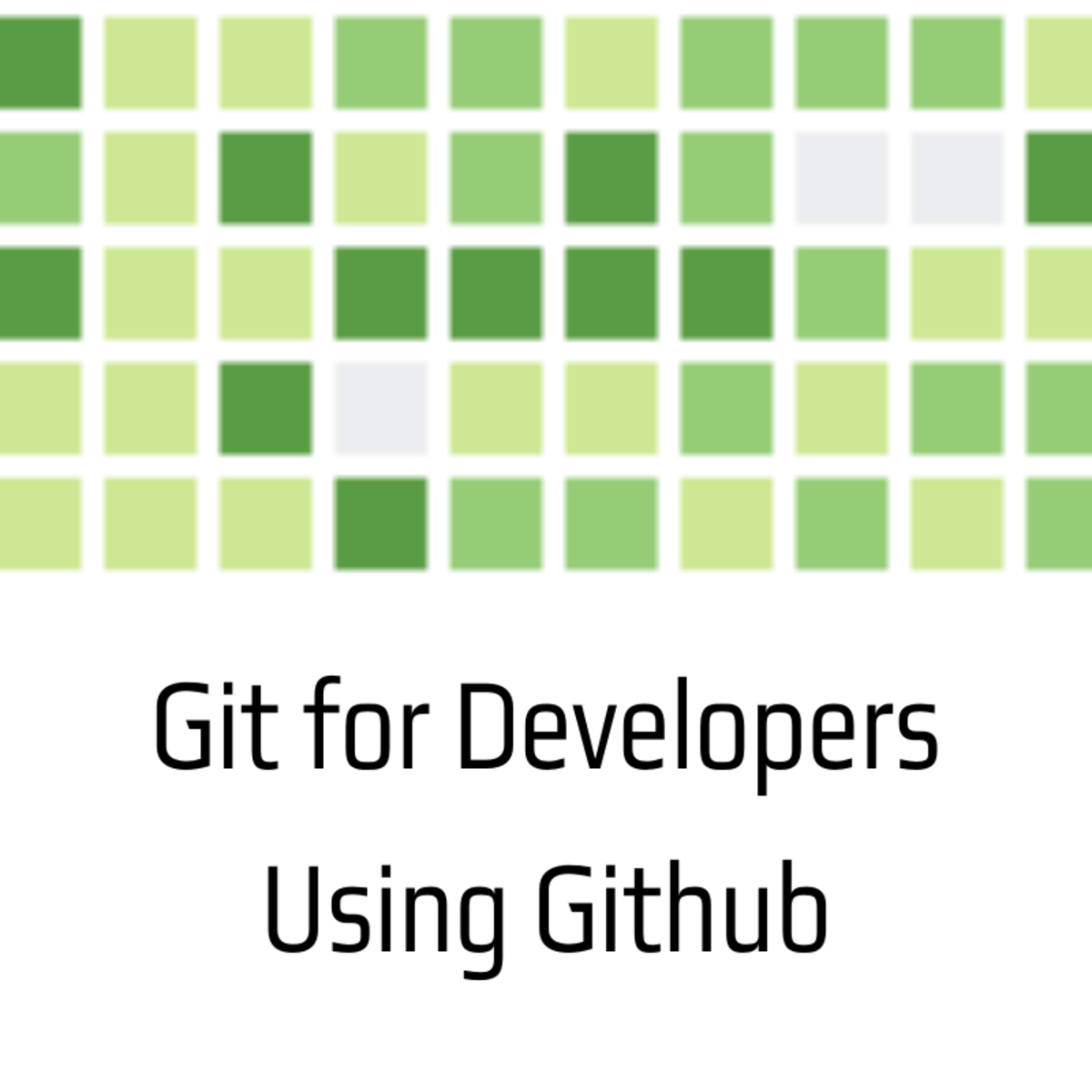
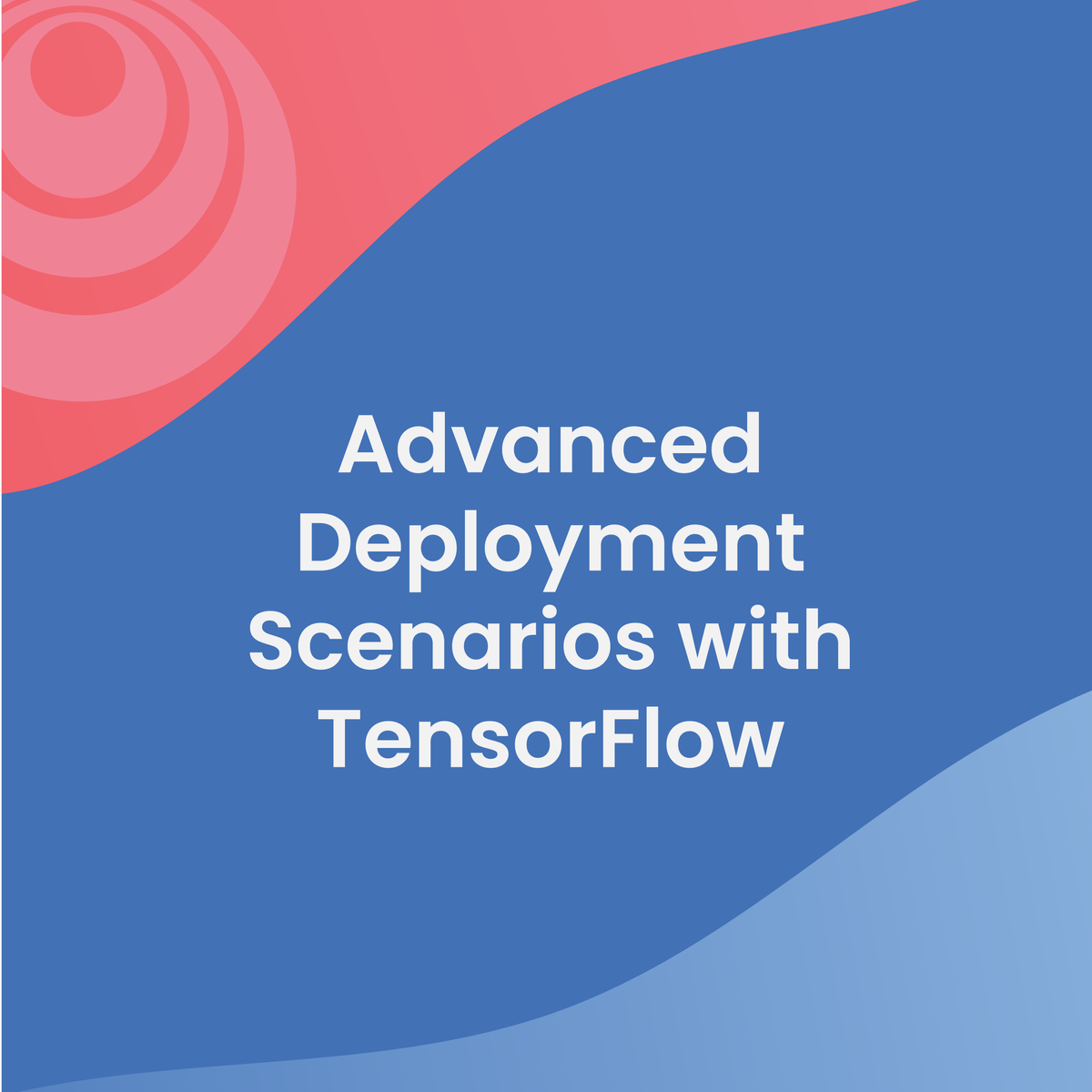
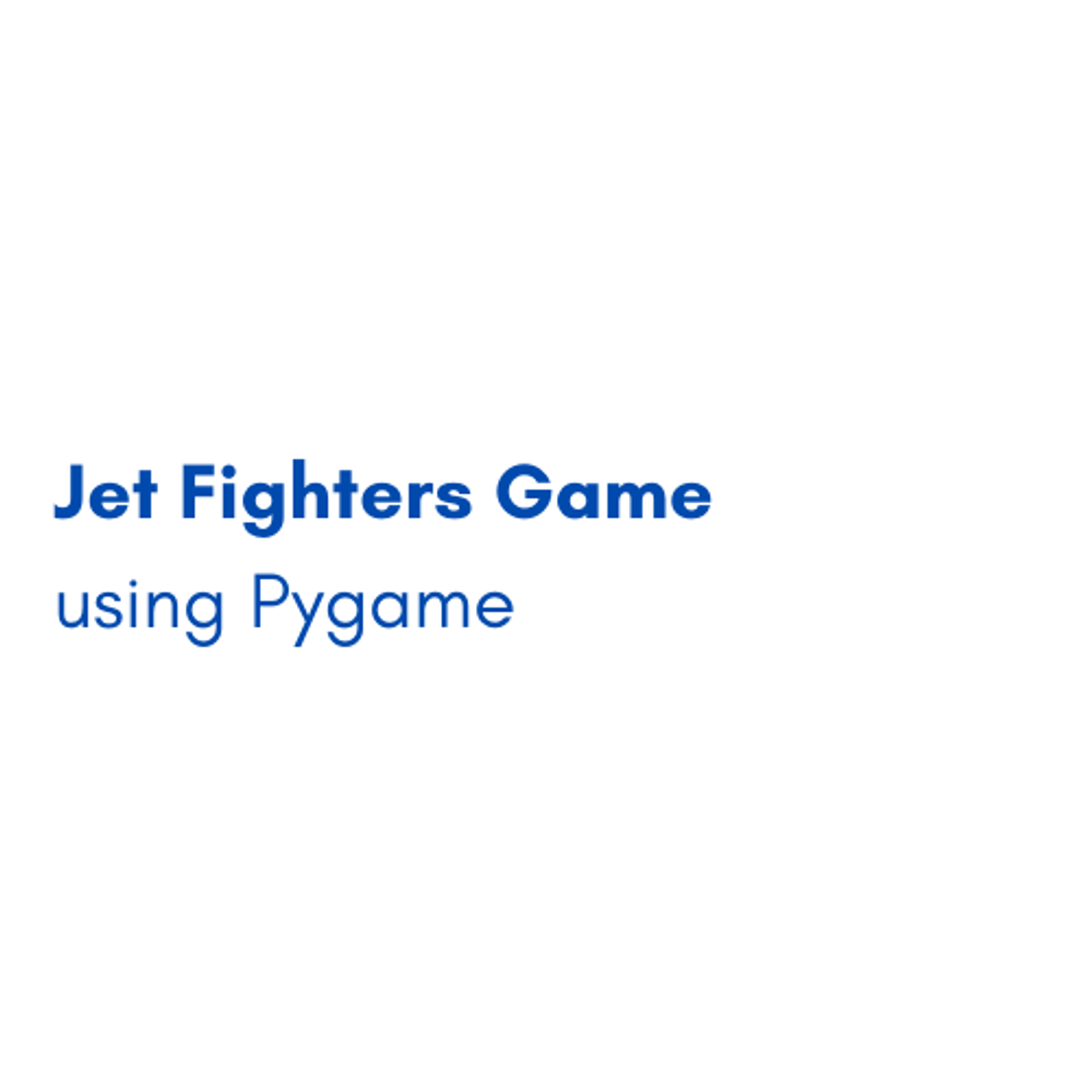

Software Development Courses - Page 67
Showing results 661-670 of 1266

Designing a Low Fidelity Prototype in Figma
How would you quickly validate an app idea you have, or get feedback on a new feature for a product you are building? In this digital age, you can quickly create, test, and share user interface designs for digital products such as mobile apps and websites using online tools like Figma.
This Guided Project 'Designing a Low Fidelity Prototype in Figma' is for anyone who wants to learn to use standard industry tools in the design field to build low-fidelity prototypes of digital products.
Low-fidelity prototyping is a quick and easy way to translate high-level design concepts into tangible and testable artifacts. The first and most important role of low-fidelity prototypes is to check and test functionality rather than the visual appearance of the product.
In this 1-hour long project-based course, you will learn how to create a low fidelity prototype of a music streaming mobile app in Figma, how to use Figma UI Kits to design app screens, and how to export and share Figma prototypes with other stakeholders.
In order to be successful in this project, you will need to be familiar with the principles of UI/UX design. You will also need to create an account in Figma.
Let's get started!

Java Data Access - SQL Primer
This course will introduce the student to the basic concepts of SQL for interaction with Relational Databases. It will illustrate basic SQL statements to create and query tables, leverage table relationships through joins and subqueries, insert and update table rows. It is, however, only intended to cover the basics needed in order for the student to progress onto the Java Database Connectivity (JDBC) and Jakarta Persistence (JPA) courses in the Data Access Specialization.

Beginners Overview of Swagger Editor
By the end of this project, you will gain an introductory overview of the Open API Specification (OAS) through the Swagger Editor which is one of the most popular ways to create definitions of RESTful APIs. Swagger (OAS) documentation will enable you to create documentation, generate SDKs, and even test. This beginners overview will take you through an example case study to help you understand how to use the SwaggerEditor.
This course will give you an overview of OAS and as long as you understand the basis of REST APIs and JSON you are ready to take this course.

Optimization of SQL query Tuning and Performance
By the end of this project, you will be able to professionally write queries with better performance using some techniques and improve the performance of queries and make the execution time faster. It provides you with the important steps to tune your queries. database tuning is essential to easily organizing and accessing database data by creating different types of indexes to improve performance. and in applying the hash, nest loop joins and merge join strategies. You will also be able to create tables and insert data. And You will be able to execute queries using Explain and Explain Analyze.
This guided project is for people in the field of data and data engineering. people who want to learn how to improve the performance of queries and make the execution time faster. It provides you with the important steps to tune your queries.

DevOps on AWS: Code, Build, and Test
DevOps is the combination of cultural philosophies, practices, and tools that increases an organization’s ability to deliver applications and services at high velocity: evolving and improving products at a faster pace than organizations using traditional software development and infrastructure management processes. This speed enables organizations to better serve their customers and compete more effectively in the market.
DevOps process can be visualized as an infinite loop, comprising these steps: plan, code, build, test, release, deploy, operate, monitor. Throughout each phase, teams collaborate and communicate to maintain alignment, velocity, and quality. This course in the DevOps on AWS specialization focuses on code, build and test parts of the workflow. We will discuss topics such as source control, best practices for Continuous Integration, and how to use the right tools to measure code quality, by identifying workflow steps that could be automated.

Create a text adventure game with Ink
In this 1-hour long project-based course, you will learn how to develop a text adventure game with Ink, the fundamentals of this narrative scripting language, creating dynamic content for a fully interactive text-based adventure with illustrations.
Note: This course works best for learners who are based in the North America region. We’re currently working on providing the same experience in other regions.

Git for Developers Using Github
This course will give you a first look at using git to manage your code's version control, as well as offering an introduction to accessing the Github tools you'll need as a beginner. Developers need version control, and git is an industry standard. Github's ability to make a repository easily accessible to a distributed team, as well as its support for agile development, make it a valuable tool for every developer's toolbox.
By the end of this project, you will create a Github-hosted repository forked from an open-source project and start a Github repository of your own. You'll learn about forking and cloning projects, creating branches to work on a repository in your development environment, pushing your changes, reverting changes, and keeping commits clean. With this introduction, you'll be one step closer to mastering the tools every developer needs to create a new app, a fork of a favorite tool, or the next big project.
Note: This course works best for learners who are based in the North America region. We’re currently working on providing the same experience in other regions.

Advanced Deployment Scenarios with TensorFlow
Bringing a machine learning model into the real world involves a lot more than just modeling. This Specialization will teach you how to navigate various deployment scenarios and use data more effectively to train your model.
In this final course, you’ll explore four different scenarios you’ll encounter when deploying models. You’ll be introduced to TensorFlow Serving, a technology that lets you do inference over the web. You’ll move on to TensorFlow Hub, a repository of models that you can use for transfer learning. Then you’ll use TensorBoard to evaluate and understand how your models work, as well as share your model metadata with others. Finally, you’ll explore federated learning and how you can retrain deployed models with user data while maintaining data privacy.
This Specialization builds upon our TensorFlow in Practice Specialization. If you are new to TensorFlow, we recommend that you take the TensorFlow in Practice Specialization first. To develop a deeper, foundational understanding of how neural networks work, we recommend that you take the Deep Learning Specialization.

Jet Fighters Game using Pygame
By the end of this project, you will create a fully functioning 2 player jet fighters game using Pygame in Microsoft Visual Studio Code. This project will give you a great head start towards learning more and mastering one of the most used programming languages in the world. In this project you will be able to identify and apply many basic fundamentals such as data structures, variables, loops etc. and create a GUI with dynamic labels and dynamic objects. Learning and understanding Pygame in Python will help you progress in the programming field by creating simple Python applications.

Introduction to the C# Type System
By the end of this project, you will use the C# Type System to represent data in a C# program.
The C# type system is used to represent data of various types such as decimal, integer, character, and string in an efficient manner.
Popular Internships and Jobs by Categories
Browse
© 2024 BoostGrad | All rights reserved


